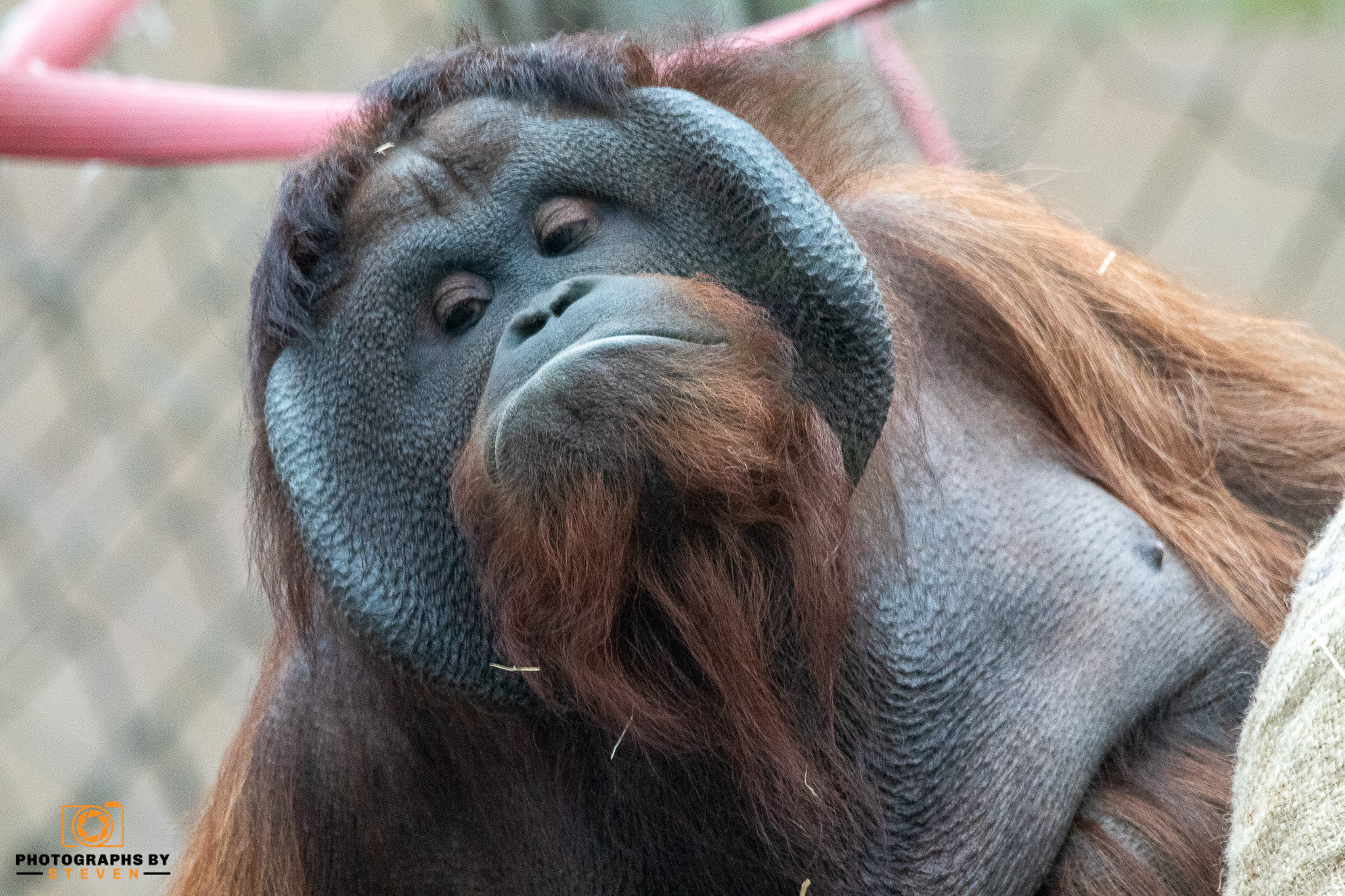The Cheetah is a big, thin cat that inhabits eastern and southern African parks and sub-Saharan Africa. Smaller populations of cheetahs can also be found in Iran, northern Niger, and southern Algeria.
The Cheetah is the world's swiftest land animal. They belong to the Felidae family, which also contains big cats like the tiger, lion, jaguar, leopard, and snow leopard.
Cheetahs are now only found in broad, dry grasslands in Sub-Saharan Africa, but they were historically abundant in both Africa and Asia. Nowadays, most cheetahs live in parks or natural reserves.
Cheetahs live 10 to 15 years on average in the wild. While in confinement, some animals can live to be 20 years old.
The Cheetah is built for speed, as evidenced by its long, lean physique. They have a tan tint and a thick layer of black dots covering their entire body. The patches' particular patterns are as recognizable as a person's fingerprints.
Because they are smaller in size, have smaller heads and ears than most other cats, have spotted coats, and have what is known as "tear stripes" that extend from the side of their nose to the corner of each eye, cheetahs are simple to differentiate from other large cats.
Interesting Facts about Cheetahs
1. The world's fastest terrestrial animal is the Cheetah.
These kitties move quickly. Usually, they are capable of 98 kilometers per hour. The Cheetah is the land animal with the quickest speed in the world.
These kitties move quickly. They can accelerate from 0 to 60 MPH in only 3 seconds, which is faster than most super-cars and can routinely travel at speeds of up to 98 KPH (61 MPH). At full speed, their stride length reaches a maximum of 7 meters (23 feet), meaning the Cheetah spends most of its time in the air.
2. When hunting, cheetahs don't just rely on their speed; they also plan for various prey's escape strategies.
Researchers discovered that cheetahs' hunting strategies are much more advanced than previously believed and tailored to their prey's qualities.
3. They can steer quickly, thanks to the cheetah tail.
The Cheetah's tail performs a crucial function during a chase, despite its bulky appearance. Like a boat's rudder, it aids in steering the Cheetah as it moves.
Cheetahs' most significant hunting advantage is their agility, capacity for fast direction changes, side-jumping, and almost instantaneous slowing down.
4. Cheetahs become tired quickly.
Cheetahs can only sustain a chase for 200 to 300 meters due to the energy needed to move at such a high speed. They typically pause to rest after a minute of unsuccessful hunting.
5. Cheetahs have a very long history, according to fossils.
Based on carbon dating, some cheetah fossils have an estimated age of between one and two million years.
6. Cheetahs are unable to roar.
Cheetahs can't roar, unlike other big cats like the lion. Given that they can purr during inhalation and exhalation, they are more similar to your typical house cat.
7. Adult female cheetahs frequently live alone.
Females nurture their offspring alone for roughly a year before they leave; they are known to be typically lonely creatures. Sometimes, brothers from the same litter live together in a small group of male cheetahs.
8. About 10% of kills are given up by cheetahs to larger predators.
Cheetahs will transport their victim to a hidden location and consume it rapidly to avoid losing their meal to another large and dangerous carnivore (such as lions, hyenas, or even vultures). Additionally, they will hunt during the day when predators are often dormant, only abandoning a relatively small proportion of their carcasses.
9. The Cheetah's markings serve as concealment.
When hunting or hiding from predators, the Cheetah's 2,000–3,000 markings might assist it in blending with its surroundings.
10. The cheetah mating season never ends.
Cheetahs can breed any time of the year, and pregnancy only lasts three months. A litter may contain two or four cubs.
11. The coat of cheetah cubs is substantially different from that of adults.
The cubs have a mantle, a long, woolen coat in a smoky tint. It serves as a type of camouflage and cascades down their backs. It is beneficial to conceal the cubs so they can be protected from predators when they are old enough to care for themselves. The mother helps by constantly looking for places to "hide" the cubs.
12. Cubs are frequently relocated.
Female cheetahs will shift their pups to a new hiding area every few days. The cubs start to follow their moms and even begin eating from their kills once they are 5 or 6 weeks old. The cubs begin hunting on their own when they are a year old. They will leave their mother at 15 months and either locate a mate or occasionally live in a small group.



Leave me a comment
Thank you for reading my post, if you want to leave a comment, you can do so below.